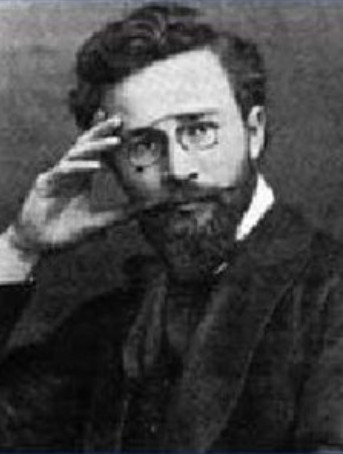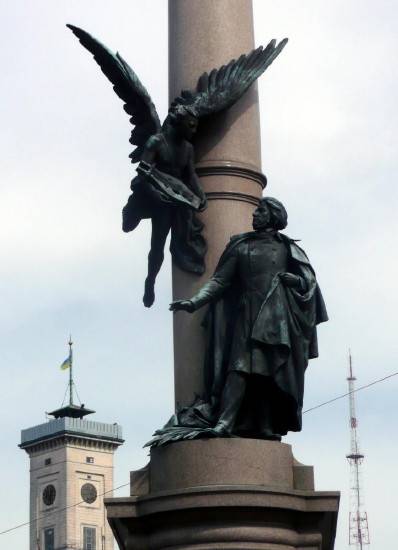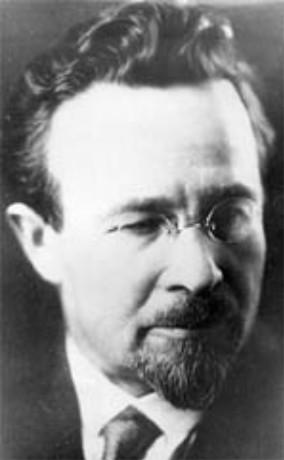Parashchuk, Mykhailo
Parashchuk, Mykhailo [Паращук, Михайло; Paraščuk, Myxajlo], b 16 November 1878 in Varvaryntsi, Terebovlia county, Galicia, d 24 December 1963 in Bania, Plovdiv province, Bulgaria. Sculptor and political figure. He studied at the Cracow and Vienna academies of art, the Lviv Higher Polytechnical School, and R. Julien's academy and Auguste Rodin's studio in Paris. In Paris he was active in the Circle of Ukrainians in Paris. In 1908–11 he taught sculpture at the Munich Institute of Applied Arts. In 1911–13 he lived in Kyiv and took part in a competition to design a monument in honor of Taras Shevchenko. While crossing the border between the Russian Empire and Austro-Hungarian Empire in 1913, he was detained on suspicion of espionage and imprisoned by the Austrians in the Thalerhof concentration camp in Styria. He escaped in 1914 and during the First World War was active in the Union for the Liberation of Ukraine in Vienna and organized wood-carving, sculpture, and pottery courses for Ukrainians in the Russian army interned in the German prisoner of war camps in Rastatt and Wetzlar. In 1918 he returned to Ukraine. In 1920 he was appointed secretary and then head of the Ukrainian National Republic diplomatic mission in Tallinn, Estonia, and an adviser to the UNR mission in Latvia. He was sent to the Balkans as a member of an International Red Cross mission, and from 1923 until the end of his life he lived in Bulgaria. There he was an active member of the Ukrainian Hromada in Sofia and the founder and first president of the Ukrainian-Bulgarian Society (1930s to early 1940s).
Parashchuk created several commemorative monuments: to Adam Mickiewicz in Lviv (1905, with Antin Popel); to the Ukrainians who died in the Wetzlar camp; to L. Kalcheva and to Mykhailo Drahomanov in Sofia; to Jews killed by the Nazis in Sofia and Plovdiv; and to A. Konstantinov in Pazardzhik. He also sculpted busts of Taras Shevchenko, Ivan Franko, Vasyl Stefanyk, Drahomanov, Stanyslav Liudkevych, Mykola Lysenko, Mykhailo Yatskiv, Vasyl Pachovsky, Mykhailo Hrushevsky, Symon Petliura, Metropolitan Andrei Sheptytsky, Oleksander Oles, Bohdan Lepky, Spyrydon Cherkasenko, Yevhen Petrushevych, Andrii Livytsky, and many Bulgarian figures; created decorations for over 100 buildings in Ukraine, and for many in Poland and Bulgaria; and created many figure sculptures. In many of his works he gave new expression to the Ukrainian baroque style of the 17th and 18th centuries. Some of his works show the influence of Rodin (eg, the portrait Old Man and series ‘The Enslaved’) and symbolism (eg, the series ‘Love’). Parashchuk is buried next to Mykhailo Drahomanov in a cemetery in Sofia.
BIBLIOGRAPHY
Stepovyk, Dmytro. Skul'ptor Mykhailo Parashchuk: Zhyttia i tvorchist' (Edmonton, Toronto, and Kyiv 1994)
Dmytro Stepovyk
[This article originally appeared in the Encyclopedia of Ukraine, vol. 3 (1993).]


